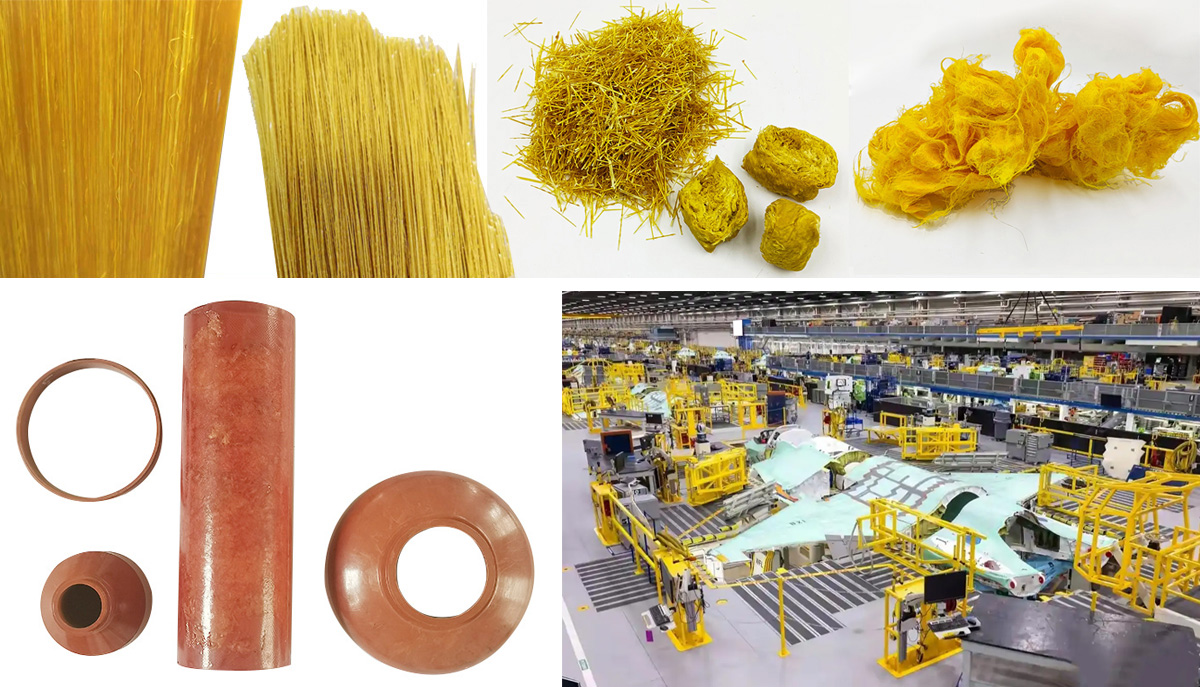High-strength and high-modulus fiberglass materials can be compounded with phenolic resins to make laminates, which are used in military bulletproof suits, bulletproof armor, all kinds of wheeled light armored vehicles, as well as naval vessels, torpedoes, mines, rockets and so on.
Armored Vehicles
Body Manufacturing: The U.S. Army’s M113A3 armored personnel carrier uses S2 glass fiber reinforced phenolic resin composites to manufacture the body, replacing earlier Kevlar fiber composites, improving fire and smoke characteristics and reducing costs.
Bulletproof Armor: High-strength, high-modulus fiberglass materials are laminated with phenolic resins for the manufacture of military ballistic suits, bulletproof armor, and protective components for a variety of wheeled light armored vehicles.
Missiles and Rockets
Missile structure: the Soviet Union’s “Sager” anti-tank missiles, its cap, shell, tail seat, tail and other major composite structural parts are used in glass fiber reinforced phenolic plastic, composite components accounted for 75% of the overall number of parts.
Rocket launchers: such as “Apilas” anti-tank rocket launchers, the use of glass fiber reinforced phenolic molded plastic manufacturing, with good heat resistance and mechanical properties.
Aerospace
Aircraft parts: The inner and outer ailerons, rudders, radomes, sub-fuel tanks, spoilers, and roof panels, luggage compartments, instrument panels, air-conditioning compartments and other parts of military aircraft have made large-scale use of fiberglass composites, which effectively reduces the weight of the aircraft, increases its strength, improves the commercial load, and saves energy.
Engine casing: As early as 1968, China successfully developed the high-performance engine casing material required for solid ballistic missiles, named as High Strength-1 glass fiber, and later developed High Strength-2, which was applied in the engine casing of the early Dongfeng missiles.
Light Weapons
Firearms components: In the 1970s, the Soviet Union’s AR-24 assault rifle used glass-fiber-reinforced phenolic composites to manufacture magazines, which are 28.5% lighter than metal magazines; the U.S. M60-type 7.62mm general-purpose machine gun uses a resin-based composite bullet chain, which is 30% lighter than a metal bullet chain.
Post time: Jun-10-2025







